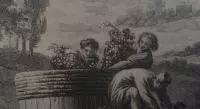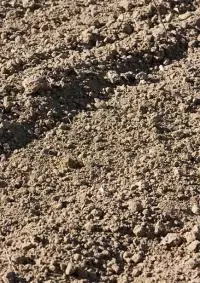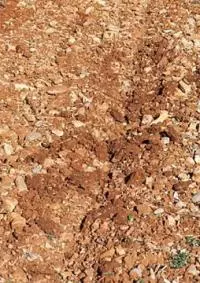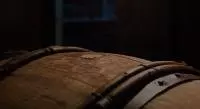History of the vineyards
Introduction
The history of this vineyard begins with the founding of Massalia, a Greek city not far from the Rhône delta, in 600 BC.
The geographical location of the vineyards has always been closely linked to the growth of the surrounding towns, whose consumption needed to be satisfied by high-quality local production. So it's hardly surprising that the founding of the Cité Phocéenne was the origin of the first vineyards planted in France.


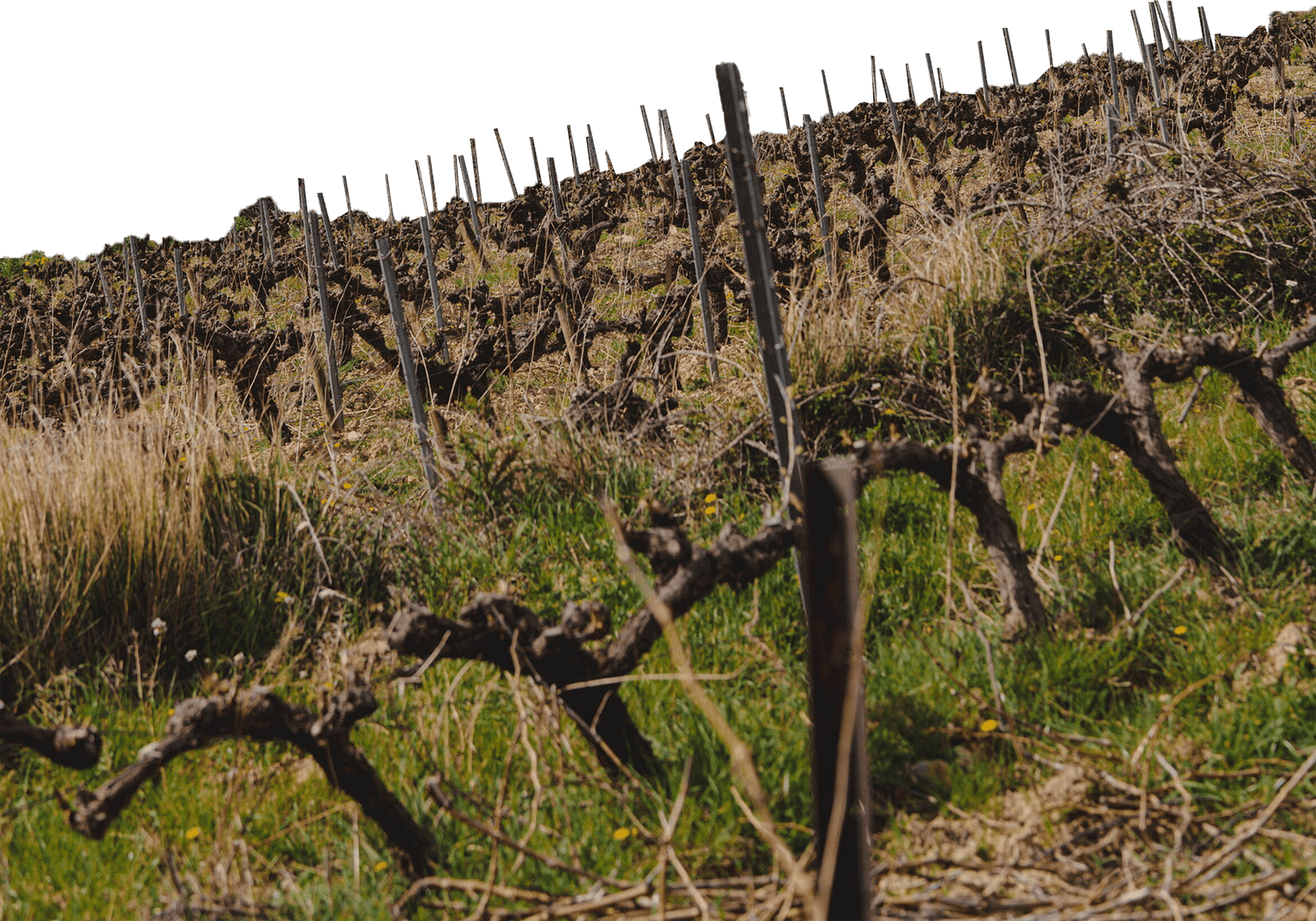

300 million years ago
The birth of the Rhône Valley
The Rhône Valley was the result of an epic geological clash between the Massif Central and the Alps, creating a rift valley which was flooded by the Mediterranean.
Three hundred million years ago, volcanic activity in the Massif Central produced the granitic rocks of the northern Rhône, while in the South, successive layers of fluvial and calcareous marine sediments formed reliefs such as the Dentelles de Montmirail – a huge bar of worn and scalloped limestone – and Mont-Ventoux.
To remember
Today, soils are made up of four types of rock: granite, sandy, limestone and clay. This parent rock plays an essential role in the way in which the vines are supplied with water.

4th century BC
One of the most ancient wine-growing areas
In the fourth century BC, during the Greek colonisation, grapes were grown in Marseille. In the northern part of the Rhône Valley, wine-growing developed in the first century AD and Rhône wines soon rivalled the products of Italian vineyards. This period saw the building of the Gallo-Roman villa of Molard, close to the Rhône at Donzère, the most important Roman winery identified to date. Regional amphora workshops also developed around the same time – making large vases to transport wine and fish sauces. These archaeological finds, together with historical research, prove that the Rhône vineyards are some of the oldest in the world.
The Romans, sailing up the Rhône, founded the town of Vienne and planted vineyards, which soon became famous for their wines. This involved heavy labour: double-digging, the planting of the vines and the construction of retaining walls for the terraces. The result was a flourishing wine trade. The collapse of the Roman Empire, however, was a severe blow to the development of the industry, suddenly deprived of outlets for its wines, except for the vineyards close to the Mediterranean ports and the northern Rhône wine-growing area, which supplied the city of Lyon. In the medieval times, it was the influence of the Church that gave fresh impetus to the wine industry.

13th century
The wine of the Popes
In the 13th century, the French King Louis VIII granted the Comtat Venaissin to Pope Gregory X. In the 14th century, the papacy moved from Rome to Avignon, and the popes, great lovers of the local wines, planted extensive vineyards around the city.
John XXII, the second of the seven Avignon popes, had a summer residence built at Châteauneuf-du-Pape. Benedict XII, the third Avignon pope, ordered the building of the Palais des Papes. Later, at the end of the 17th century, and for the next 200 years, the port of Roquemaure (Gard) became a great centre for the shipping of goods by river. “Coste du Rhône” was then the name of an administrative district of the Viguerie d’Uzès (Gard), famous for its wines. Regulations were introduced in 1650 to guarantee their provenance and quality. But is was not until the mid-19th century did “Coste du Rhône” become “Côtes du Rhône”, when the term was extended to include the vineyards on the left bank of the river. Their reputation, built up over the centuries, was legally validated by the district courts of Tournon and Uzès in 1936.


1930
The birth of AOC... and AOC Wines!
Concerned for the quality of its wines, the Rhône Valley played an active role in establishing French wine appellations. In the 1930s, the visionary Baron Le Roy championed this worthy cause. A wine-grower in Châteauneuf-du-Pape, he fought for recognition of the characteristics of this great wine, securing its Appellation d’Origine Contôlée status in 1933. The specifications he presented became the model for all subsequent AOC decrees: delimitation of the growing area, grape varieties, local practices, methods of cultivation,
minimum alcoholic content, harvesting period. He also advocated in favour of Côtes du Rhône wines, a long-standing designation which finally received the credit and protection it deserved.
Baron Le Roy was then involved in the founding of the INAO (the body responsible for granting AOC status), over which he presided from 1947 to 1967. Since then, striving for quality and achieving AOC status has been a motivating factor throughout the Rhône wine-growing area.
To remember
Attached to the quality of its wines, the Rhône Valley played an active role in the birth of french wine appellations."



